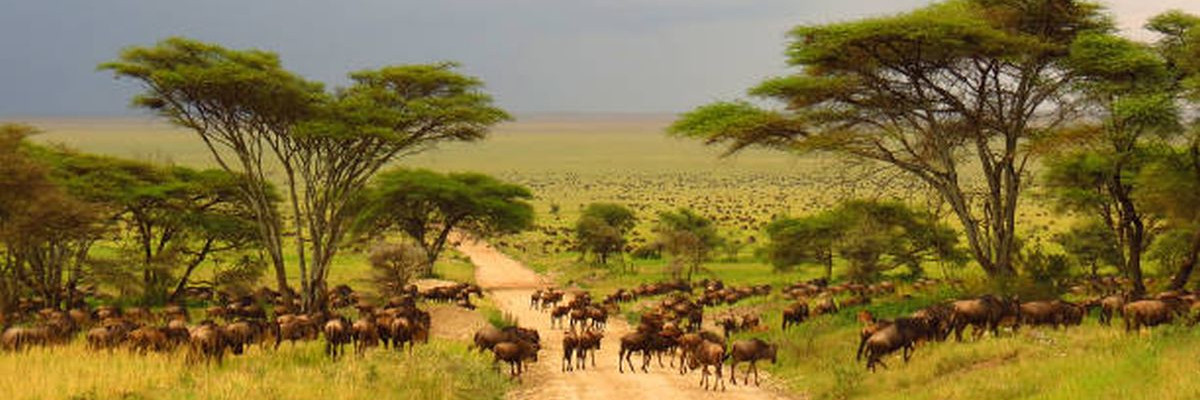Protected Area Categories
IUCN protected area management categories classify protected areas according to their management objectives. The categories are recognised by international bodies such as the United Nations and by many national governments as the global standard for defining and recording protected areas and as such are increasingly being incorporated into government legislation.
Importances of Protected Area

Clean Water
Some natural forests (especially tropical montane cloud forests) and wetland areas increase total water flow.

Food Security
Protected areas conserve populations of wild species, pollinators, and crop wild relatives safeguarding species and populations vital for food security.

Health
Protected areas contribute to health by protecting intact ecosystems and supplies of medicinal plants and genetic material for pharmaceuticals.

Ecosystem stability
Protected areas can play a role in helping reduce the occurrence and impacts of natural disasters.
Resources for Protected Area

-
IUCN WCPA Best Practice Guidelines for Protected Area Managers Series
IUCN WCPA has a proud tradition of proposing global guidelines to protected area practitioners.
-
IUCN WCPA Technical Note Series
Technical Note provides a summary of the publication in the IUCN WCPA Technical Series.
-
IUCN WCPA Natural Solutions Briefings
The IUCN WCPA Natural Solutions Theme promotes and develops the potential for protected areas to deliver a range of ecosystem services.
-
PARKS Journal
The International Journal of Protected Areas and Conservation is published by IUCN World Commission on Protected Areas (WCPA). It is published twice a year as an online, open-access and peer reviewed journal.
-
IUCN Protected Area Publications
IUCN together with WCPA and other partners produces books and journal articles on topics related to protected areas.
-
Protected Planet Report
Protected Planet Reports are biennial landmark publications that assess the state of protected and conserved areas around the world.






